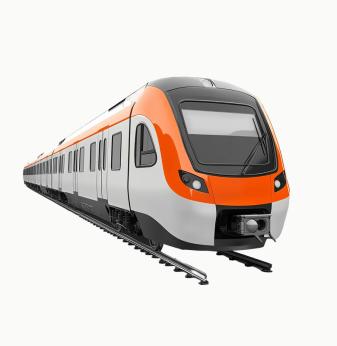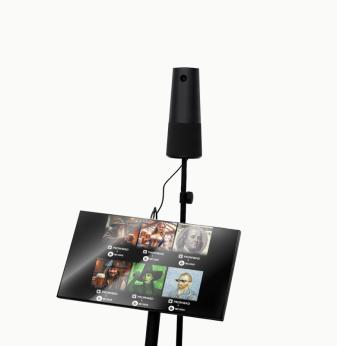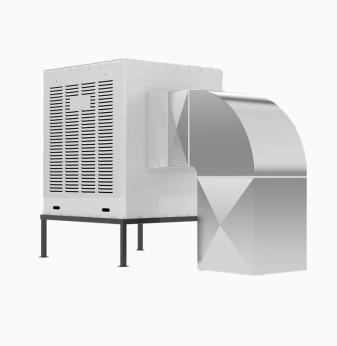Neuromorphic + Spiking AI Accelerators in Ultra-Low Power IoT Nodes
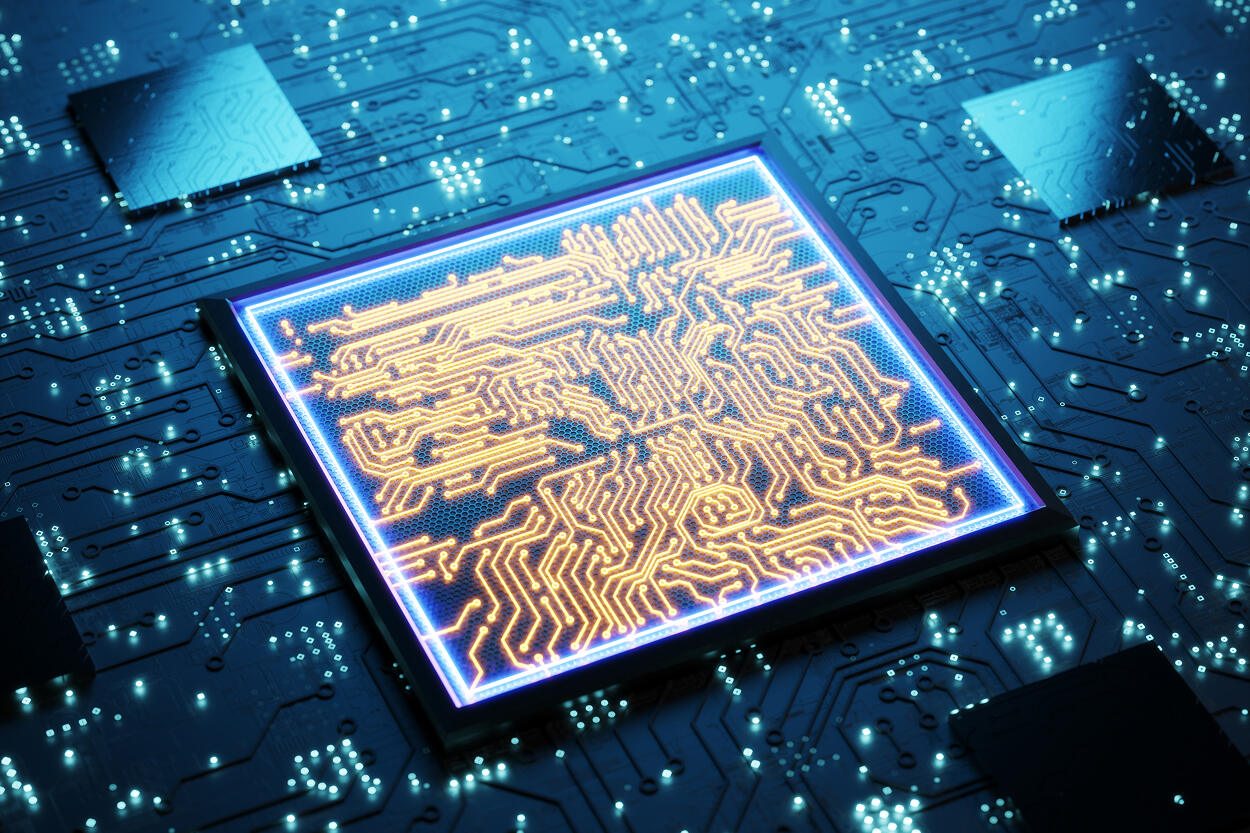
Artificial intelligence at the edge faces a paradox: we want devices to be smarter, faster, and always on — yet consume almost no power. From environmental sensors to smart wearables and industrial nodes, the next generation of IoT must process data locally, instantly, and efficiently.
Traditional AI accelerators based on dense matrix multiplications (like GPUs or NPUs) struggle in this regime. They’re optimized for cloud-scale throughput, not milliwatt budgets. This has led researchers and chip designers to look to biology for inspiration — specifically, to the human brain.
Enter neuromorphic and spiking AI accelerators, a class of processors designed to mimic how neurons communicate — not continuously, but through discrete electrical spikes. This event-driven architecture represents a fundamental shift in how embedded systems compute, offering orders-of-magnitude improvements in energy efficiency and latency.
In this article, we explore how neuromorphic principles are transforming ultra-low-power IoT design, what’s driving the adoption of spiking neural networks (SNNs), and where these chips are already making an impact.
From dense computing to event-driven intelligence
Conventional deep learning relies on continuous numerical operations. Every frame, sample, or sensor reading is processed, even if nothing changes — a wasteful approach for edge devices that often deal with sparse, event-based data.
Neuromorphic architectures turn this around. They only compute when meaningful information appears, using asynchronous communication between neurons. This drastically reduces idle energy consumption.
For instance, while a traditional CNN accelerator might process every pixel in a 30 FPS video feed, a spiking AI chip would only fire when motion or brightness changes — mimicking how the retina processes vision.
This event-driven model not only saves power but also enables real-time responsiveness, critical for applications like motion detection, anomaly monitoring, and gesture recognition.
What makes spiking AI different
At its core, a spiking neural network (SNN) operates with neurons that fire spikes instead of continuous activations. Each neuron integrates inputs until it reaches a threshold and then emits a spike to downstream neurons. The timing and frequency of these spikes carry information — similar to biological neural dynamics.
In hardware, this means:
- Computation is sparse: most neurons are inactive at a given time.
- Memory and processing are co-located: reducing data movement (the main source of energy drain).
- Latency is near-zero: spikes are processed as they arrive, enabling instant decisions.
Modern SNN accelerators implement this behavior with in-memory computing arrays, non-volatile synapses, and event-based buses, avoiding the Von Neumann bottleneck that limits conventional architectures.
Hardware pioneers and platforms
Several companies and research centers are pioneering neuromorphic and spiking designs for IoT and embedded use cases:
- Intel Loihi 2: a digital neuromorphic processor supporting up to one million spiking neurons with on-chip learning. It demonstrates up to 100× lower energy per inference for sparse workloads.
- BrainChip Akida: a commercially available spiking neural accelerator designed for always-on edge AI. Consumes under 100 µW in low-power modes.
- Prophesee Metavision: event-based vision sensors paired with neuromorphic processors for ultra-low-latency object tracking.
- SynSense Speck: a Swiss-designed microchip integrating event-driven perception for wearables and environmental monitoring.
- IBM TrueNorth (legacy): early proof-of-concept for large-scale neuromorphic computing, influencing current low-power architectures.
These devices show that neuromorphic computing is not science fiction — it’s becoming a viable foundation for sustainable, always-on intelligence.
Power efficiency breakthroughs
Spiking architectures achieve power reductions through several mechanisms:
- Event-driven execution: eliminates unnecessary compute cycles.
- Sparse memory access: only active neurons require data movement.
- On-chip learning: avoids frequent cloud communication.
- Analog/memristor synapses: store weights directly in the computation medium, removing the need for DRAM reads.
Measured efficiency can reach 10–100× lower power consumption compared to conventional digital NPUs on equivalent inference tasks.
For example, a wake-word detector running on BrainChip’s Akida consumes less than 150 µW — enabling a year-long battery life on coin-cell-powered IoT sensors.
Use cases: from micro-watts to intelligence
1. Smart wearables and health monitoring
Neuromorphic sensors can continuously track heart rate variability or motion without streaming raw data. They respond only to meaningful changes, preserving privacy and power.
2. Industrial vibration sensors
Spiking AI accelerators can classify vibration patterns locally, flagging anomalies without cloud latency. Runtime adaptation allows self-tuning to machine-specific behaviors.
3. Smart home and building automation
Presence detection, gesture recognition, and sound classification are ideal for event-based systems that react instantly but sleep otherwise.
4. Wildlife and environmental monitoring
IoT nodes with neuromorphic chips can run for months on solar or kinetic energy, detecting animal sounds or environmental anomalies autonomously.
Each of these use cases relies on the same core strength — local, adaptive intelligence at ultra-low power.
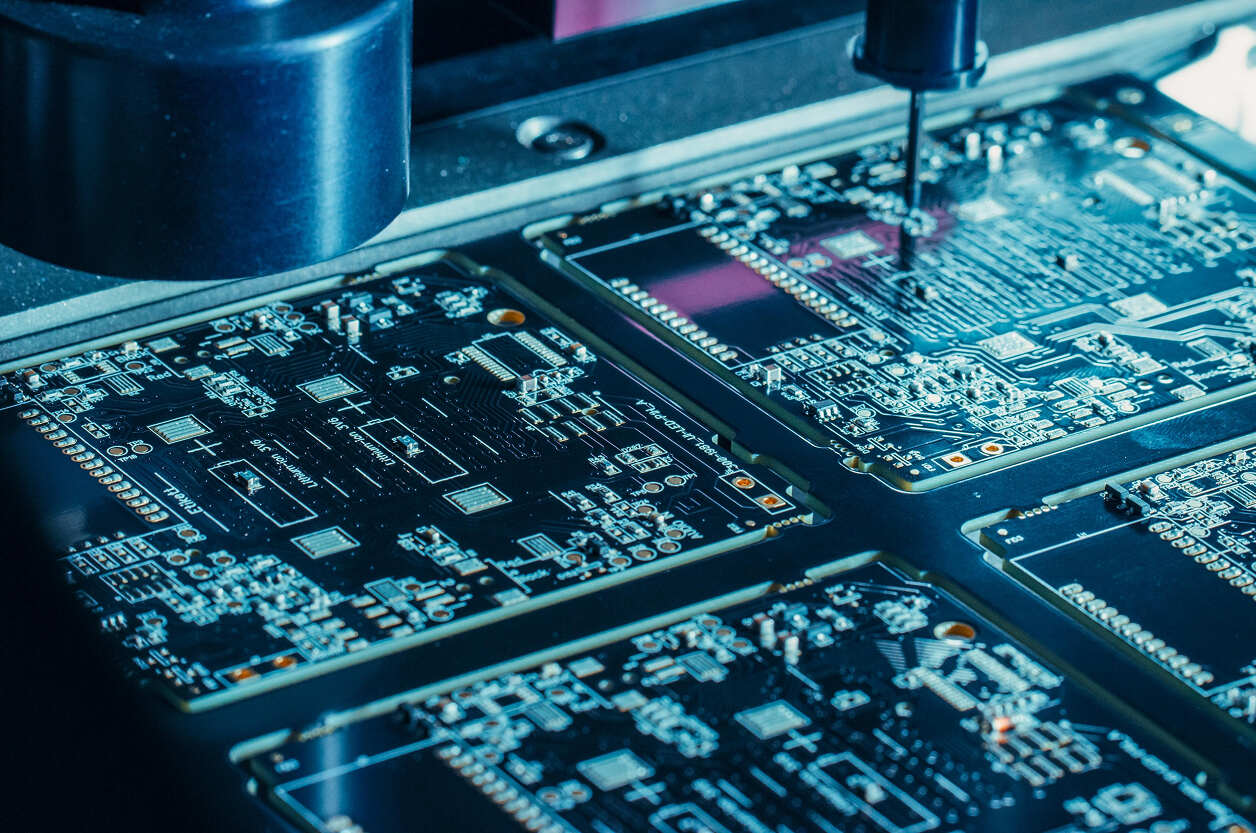
Challenges in neuromorphic IoT adoption
Despite the promise, widespread deployment faces several challenges:
- Programming complexity: training SNNs requires specialized frameworks (like PyTorch-SNN or Lava).
- Toolchain immaturity: limited support in mainstream AI compilers and frameworks.
- Standardization gaps: lack of interoperability between neuromorphic vendors.
- Accuracy gap: SNNs sometimes underperform conventional CNNs on dense vision or audio tasks.
- Cost and availability: mass production of custom neuromorphic chips is still nascent.
However, hybrid models — combining traditional AI for feature extraction and SNNs for event filtering — are bridging this gap. These architectures retain accuracy while leveraging the power savings of event-driven computing.
The hybrid future: SNN meets NPU
The future of embedded AI will not be purely spiking or traditional — it will be hybrid.
Engineers are integrating SNN cores alongside NPUs, allowing dynamic switching between high-precision and low-power modes depending on context.
Example workflow:
- A spiking accelerator performs event detection.
- When a complex event occurs, an NPU or DSP takes over for detailed inference.
- After processing, the system reverts to the low-power spiking mode.
This cooperative model mirrors how the human brain allocates attention — focusing compute resources only when needed.
Impact on the IoT ecosystem
By embedding neuromorphic AI into ultra-low-power nodes, designers can:
- Eliminate cloud dependence for inference.
- Enable real-time local intelligence for safety and control.
- Achieve energy autonomy through solar, RF, or kinetic harvesting.
- Drastically reduce network traffic and latency.
Industries ranging from energy and utilities to smart agriculture and medical devices are exploring these designs to create self-sufficient, intelligent sensor ecosystems.
Outlook: intelligence that sleeps and wakes like nature
By 2030, neuromorphic and spiking AI accelerators are expected to become standard in always-on IoT devices. As fabrication technologies improve and training frameworks mature, we’ll see cost-effective chips integrating event-driven cores directly into microcontrollers.
These devices won’t process data continuously — they’ll listen, watch, and think only when something happens. Like living systems, they’ll rest when idle, conserve energy, and act instantly when needed.
That’s the true promise of neuromorphic computing: intelligence that’s both alive and efficient, enabling a new era of ambient, sustainable AI.
AI Overview: Neuromorphic + Spiking AI Accelerators
Neuromorphic + Spiking AI — Overview (2025)
Neuromorphic and spiking AI accelerators bring brain-inspired computing to IoT nodes, offering real-time intelligence with ultra-low power consumption. By processing only meaningful events and co-locating memory with computation, they achieve 10–100× efficiency gains over traditional NPUs.
- Key Applications: wearables, industrial sensors, smart home devices, environmental monitoring, low-power robotics.
- Benefits: event-driven operation, always-on awareness, minimal latency, and energy autonomy.
- Challenges: complex SNN training, limited ecosystem tools, and cost of specialized hardware.
- Outlook: by 2030, neuromorphic cores will be integrated into mainstream MCUs and SoCs, powering the next wave of self-sufficient, intelligent edge devices.
- Related Terms: spiking neural networks, event-driven computing, in-memory processing, adaptive edge AI, low-power intelligence.
Our Case Studies

